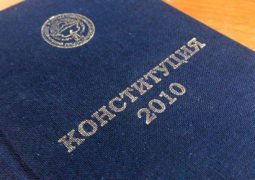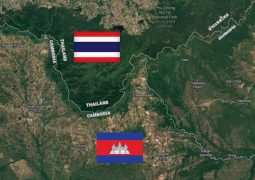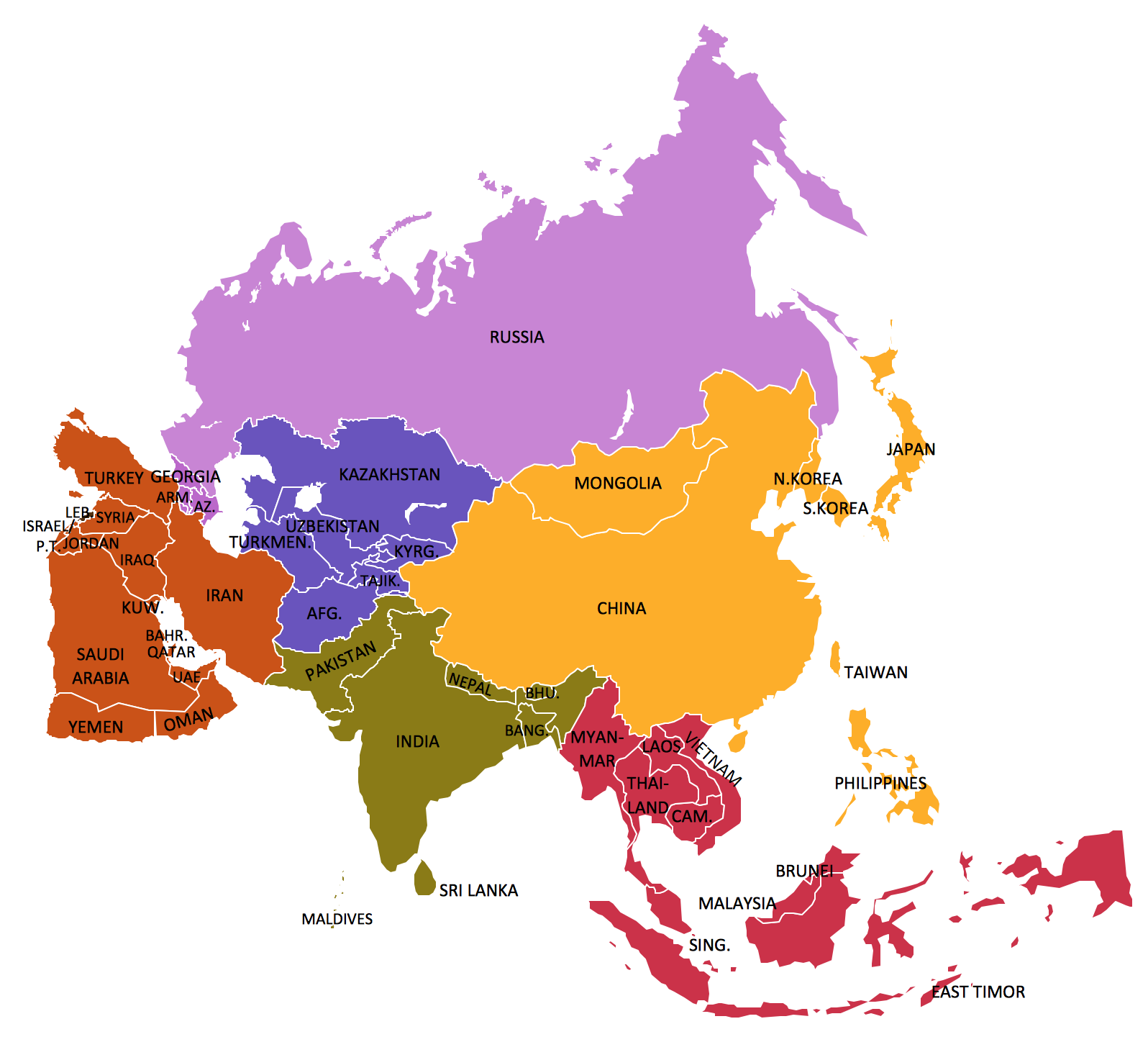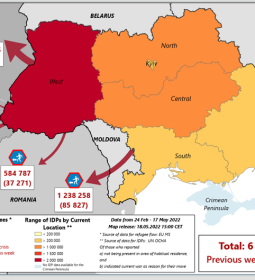Malaysia emerges as top study destination for Japanese

Malaysia—On a recent late summer afternoon just outside Kuala Lumpur, Malaysia’s bustling capital, a group of about 70 visitors from Japan—students, parents and educators—hopped off a tour bus to explore Malaysian universities.
Their itinerary included top-tier private institutions such as Taylor’s University and Sunway University, where they toured lecture halls, dormitories and student lounges to get a feel for campus life.
Among them was a 48-year-old company executive from Tottori Prefecture traveling with her daughter. She had learned about Malaysian universities through a YouTube program and was drawn to their international atmosphere.
“It’s attractive in that my daughter can study in English, surrounded by students from all over the world,” she said in early August, citing global exposure and affordability as the main attractions.
A growing number of Japanese high school graduates are setting their sights on Malaysia for higher education, drawn by its affordable tuition, English-centered programs and rising global academic profile.
Long overshadowed by traditional destinations such as Britain, Canada and the United States, Malaysia is emerging as a compelling alternative for students seeking both a quality education and value.
This shift reflects broader economic and policy trends. The weakening yen has made studying in the West increasingly costly for Japanese families, while tighter U.S. visa regulations have added new barriers.
By comparison, Malaysia offers a welcoming, cost-effective and culturally diverse environment that’s fast becoming a magnet for students eager for an international education without the financial strain.
MALAYSIA EMERGES AS STUDY-ABROAD CHOICE
Malaysia has overtaken Britain—its former colonial ruler—as a preferred destination for Japanese students seeking a higher education degree overseas.
According to a recent survey by Japan’s Ministry of Education, Culture, Sports, Science and Technology, 139 Japanese high school graduates enrolled at Malaysian universities in fiscal 2023—an increase of 66 students from two years earlier.
The figure now surpasses those studying in Canada (118) and Britain (104), placing Malaysia just behind the United States (520), Australia (159) and two other countries among the top destinations.
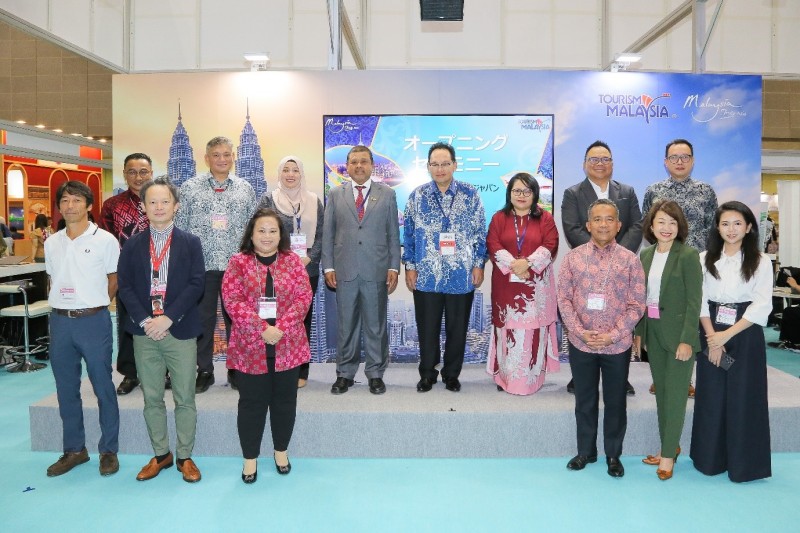
Japanese high schools are taking note of this shift.
“In the past few years, Malaysia has emerged as a realistic option for students considering studying overseas,” said Tomoaki Shigemitsu, head of career guidance at Meikei High School in Tsukuba, Ibaraki Prefecture, who joined a recent university tour with students and parents.
Malaysia’s greatest draw lies in its affordability. Building on its British colonial legacy, the country’s higher education system follows the British model and offers instruction primarily in English.
Yet, annual tuition ranges from just 500,000 yen to 1.8 million yen ($3,200 to $11,750)—less than half the cost of studying in Britain or the United States.
Living expenses are equally attractive. In U.S. consulting firm Mercer’s 2024 global cost-of-living survey, Kuala Lumpur ranked 200th, making it significantly more budget-friendly than major Western cities.
A typical undergraduate program in Malaysia spans four years: a one-year foundation course followed by three years of study.
The total cost—including tuition, housing and living expenses—ranges from 4 million yen to 9 million yen.
That’s well below the 15–40 million yen often required in Western countries, and in some cases, even cheaper than attending a Japanese national or private university, which cost around 8–9 million yen and 10–12 million yen, respectively.
STUDENT LIFE WITHOUT BARRIERS
Beyond affordability and academics, many Japanese students are drawn to Malaysia’s welcoming and inclusive social environment.
“I was worried about discrimination, but I’ve had no problems—it’s very comfortable to live here,” said Rin Fujie, 20, who switched her study plans from the United States to Malaysia amid rising costs driven by the weak yen.

Now enrolled at Sunway University, she shares a dormitory kitchen with peers from across Southeast Asia and China, enjoying the easy rhythms of daily life in a vibrant, multicultural community.
Fujie is honing her English-language skills with an eye toward a career in hospitality or aviation, ideally somewhere in Southeast Asia.
Her ambitions reflect a growing pattern: many Japanese graduates of Malaysian universities go on to work in the region or join global companies, while others return to Japan to take positions in the international divisions of domestic firms.
Malaysia’s appeal becomes even clearer when compared with its neighbors. Singapore, another English-speaking hub, remains expensive for many families.
![A Japanese Man Explains Why Malaysian Life Is The Best [Video] | TRP](https://www.therakyatpost.com/wp-content/uploads/2019/12/japanese-love-malaysia-feature-image-2.jpg)
The Philippines, while popular for short-term language programs, offers fewer options for full university degrees. Thailand, despite hosting a large Japanese community, has a limited number of English-taught programs and fewer opportunities for daily communication in English.
Against this regional backdrop, Malaysia stands out as a practical and promising destination for students and families seeking a quality education in Asia.
ENGLISH PROFICIENCY, WORKLOAD, SAFETY AMONG CHALLENGES
While Malaysia offers affordability and diversity, studying there still demands strong English skills—particularly for writing academic papers and engaging in classroom discussions.
Unlike Japan, Malaysian universities do not hold entrance examinations.
Instead, the universities assess applicants through academic transcripts and English test scores such as IELTS (the International English Language Testing System), the world’s most widely recognized measure of English proficiency for study, work and immigration.
The IELTS evaluates listening, reading, writing and speaking skills through real-world communication tasks.
Top-tier institutions may require an overall IELTS score of 7.0 (classified as “good user”) on a nine-band scale ranging from 1 (“non-user”) to 9 (“expert user”), comparable to the level expected by elite Western universities.
Generally, however, admission requirements at most Malaysian universities remain lower and more accessible than those of leading Western schools.
Still, experts urge careful consideration.
“Students shouldn’t make their decisions based solely on cost or comfort considerations,” cautioned Takashi Saito, head of the Malaysia Ryugaku Support Center, a student advisory service operated by Global Hub Japan Ltd.
Cultural and academic differences can also present hurdles.

Toma Sahara, 23, who graduated from Sunway University in August, recalled being overwhelmed by the volume of coursework—far greater than what he had experienced at a private university in Japan’s Kansai region.
“I was completely swamped at first,” he said, noting that some Japanese students struggle to adjust and eventually drop out.
Safety, too, remains an important consideration. The Japanese Embassy in Malaysia advises students to stay alert.
“It’s not a place where you can walk alone at midnight without remaining vigilant,” an embassy official said.
Taking basic precautions and exercising awareness remain essential parts of student life abroad.
- Previous 21,7 bn. $ in two years already and Israel seeks yet another 20-year US security aid money from Washington
- Next Handle-wielding man, Akita Inu dog fend off bear attack in Miyagi





